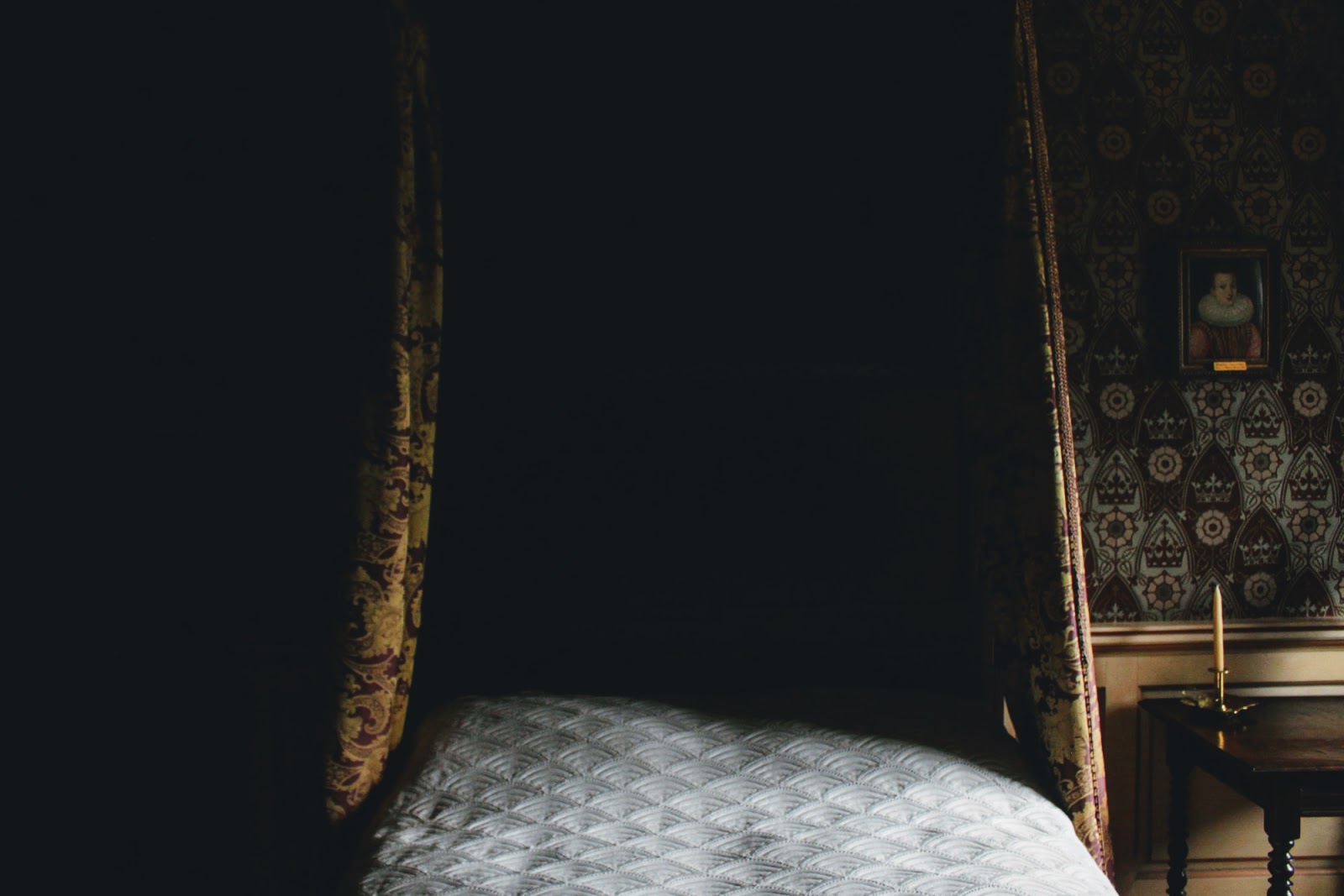A few weeks ago, my family trundled down to the South West for a holiday. Setting up camp in a rather isolated little cottage in Somerset, they spent a week exploring the Northern coastline and the beautiful towns and villages in the surrounds.
Michele and I joined them for the weekend and spent a quiet couple of days looking across the valley that the cottage faced, watching birds of prey swoop down through the verdant tree tops and out of sight. Getting to the cottage involved navigating sharp, hairpin bends and pothole-ridden lanes frequented by more rabbits than I've ever seen before. It was wonderful to arrive back to our stone bolthole under the shroud of evening, watching the hills fade to darkness, the wildlife scuttling off into the shadows, with not a single other light visible between us and the horizon.
The next morning we drove the short distance to the picturesque village of Dunster to visit the castle there. It's a National Trust property costing £12.10 to enter, which gets you full access to the castle itself plus the expansive grounds and the estate's water mill. They also offer tours of parts of the property that are usually off-limits, such as through the Victorian kitchens and into the attics. We didn't go on any of these additional tours (there was more than enough to do as it was) but I would absolutely love to visit the attics another time.
Upon entering, the first thing we noticed were the signs pointing towards a space beneath the main castle. In here, we found information about the bats resident in the castle and the numerous ghosts rumoured to haunt the castle. Of course, anyone who knows me will be aware that I cannot resist a ghost story (this was part of the reason I wanted to visit the attics!) The castle's shop (which resides in the old stable block) is said to be haunted by a man dressed in green who causes items to tumble unexpectedly from the shelves. Another tale tells of a work experience boy who was mopping the floor of the castle's relatively modern blue kitchen (installed in the 1950s and suitably kitch) when the sight of a bare foot appeared out of thin air! And of course, there are many more stories of disembodied voices and footsteps, of doors banging and sinister atmospheres.
It should be said that we can't hold this against Dunster Castle; the first fortified settlement on the site was built by the Anglo-Saxons. This was succeeded by a timber castle built after the Normans had arrived and then the first stone structures were erected; so the castle gradually grew and strengthened. Having been originally owned by the de Mohun family, in the 14th century it was sold to the Luttrells who remained there until 1976! It was then sold to the National Trust (imagine being the next generation of Luttrells and having such a luxurious rug pulled from under your feet...)
Evidence of the castle's age and history is abundant. As we climbed up to the main courtyard, we passed an eery dungeon which operated by having prisoners thrown down into a narrow chamber and left there to die. Inside the castle itself, the decor veers from older features such as the 17th century grand staircase, to the Victorian touches installed by architect Anthony Salvin, to the sky blue kitchen installed in the 1950s (much to the horror of the castle's older residents). One thing is for sure; it is a very lavish and interesting castle to wander through, with all of the rooms bursting with history and atmosphere. Even better, there's a dress-up room complete with chain mail and Victorian-style maids' caps for those with no shame, and a huge pool table you can actually play on.
Back outside, there are plenty of trails through the huge estate. Coming out of the castle through the beautiful conservatory, you are treated to views stretching across to the Bristol Channel. We set off towards the water mill, following the riverside path through the leafy gardens (which promptly shook raindrops all over us with every breath of wind). Our ultimate goal was the water mill - and the tea rooms next door. Skip the brownie, but try one of their homemade scones, made with flour milled there on the estate. You can also buy some of the mill's flour and rolled oats to take home and try for yourself.
We finished our day with an exquisite dinner at the nearby Luttrell Arms which felt like a true medieval pub with glossy black beams, sturdy wooden furniture, flagstone flooring and a huge old fireplace. Another one of those perfect days full of exploring, fresh air and excellent food.


















































No comments:
Post a Comment
I love receiving your comments and try to respond to every one. Please go ahead and leave your blog link, I'm always looking for new people to follow!